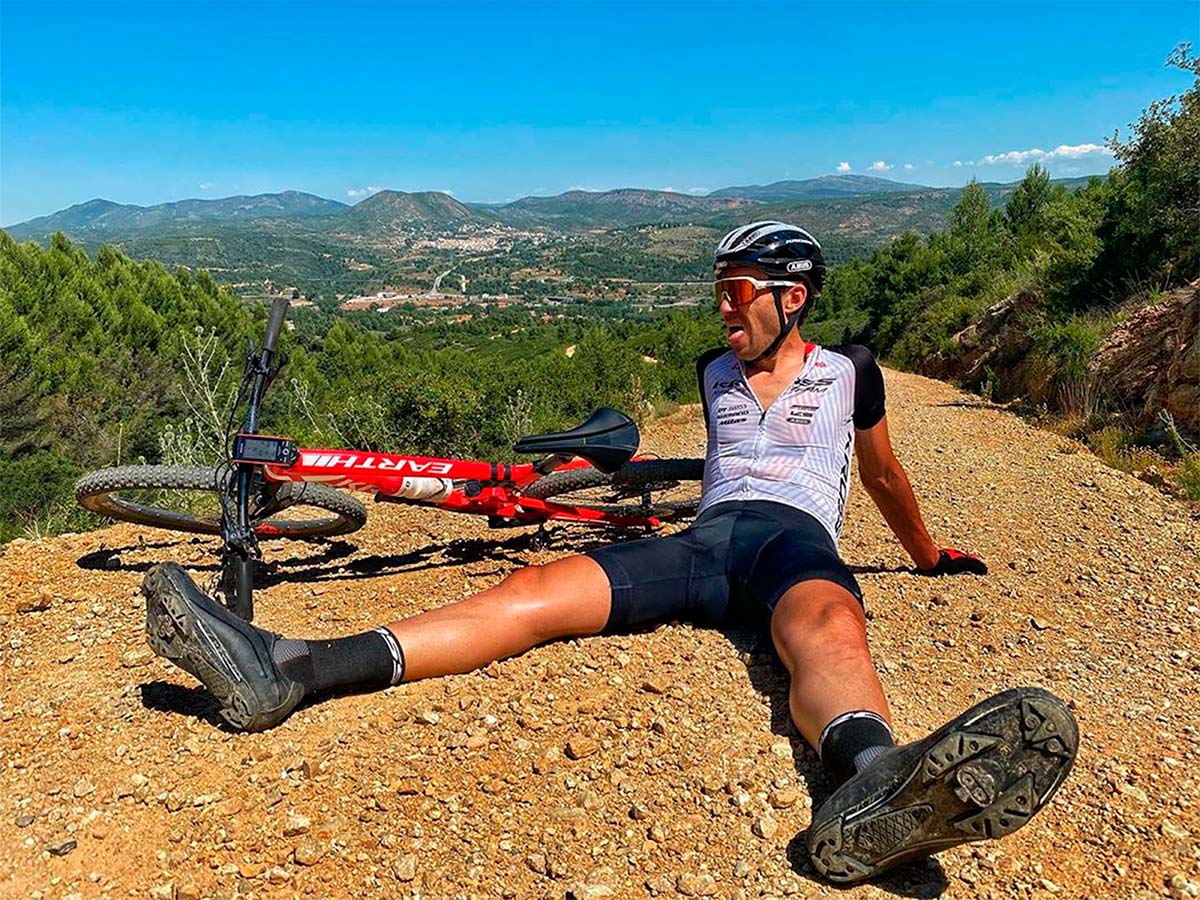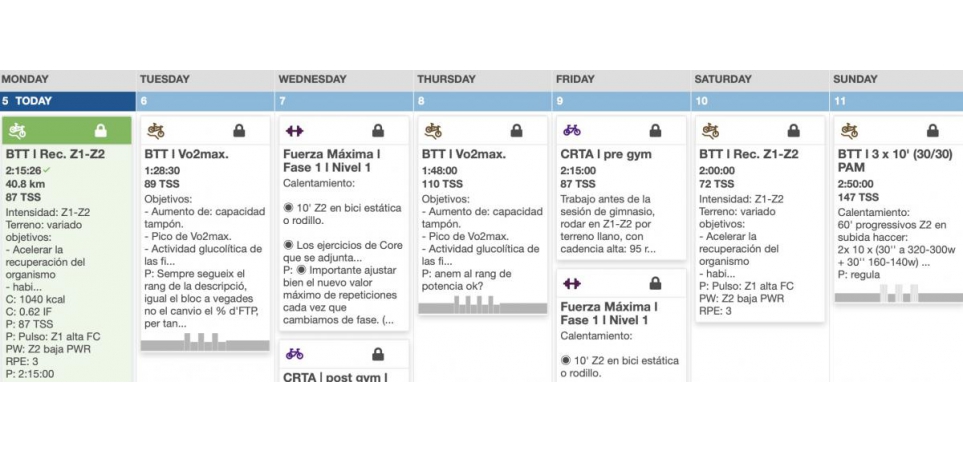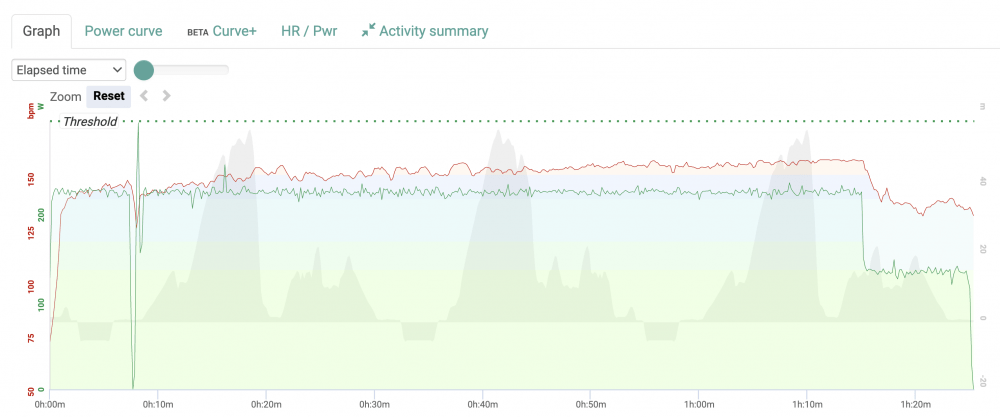
Women's cycling and performance
Sports performance has historically focused a lot on the male sex and therefore women are usually trained in the same way as men.. Is this correct or should we pay attention to the differences between sexes to adapt the training in some way? Next, we will reveal it.
In cyclic sports (running, swim or ride a bike), you win by being faster, stronger or more resistant. In these sports, Men tend to have better marks than women., but lately there are those who question whether ultra-endurance women are capable of surpassing men. Some of the factors that are in favor of women are: less fatigue in ultra-resistance efforts, higher proportion of slow fibers, Steady running pace and slightly higher use of fat as fuel. On the other hand, The factors that work against them are: lower VO2 max, mayor % fatty and minor % muscular, lower power/weight ratio and lower testosterone (which helps recovery). These aspects for that reason, nor do they seem to justify in principle major changes in the training structure, since only the workloads would have to be adjusted to each one and they could train in the same way.
The aspect that clearly justifies the need to adjust training microcycles in women is the fact that they have their menstrual period and therefore every 28 days they experience changes at the hormonal level that have certain consequences that we will discuss below.. For this same reason, it could also be recommended that the training mesocycles in them be carried out 28 days to adapt, when you can, to this fact.
First of all, you have to be clear about the phases of the menstrual cycle and their approximate durations, which are as follows:
1. Menstruation: bleeding phase (end of cycle)
2. Follicular phase (of 0 a 14 days): estrogen is generated and the maximum peak is reached at the end of this phase.
3. Ovulation (between follicular and luteal phase, days 13 a 15): the maximum concentration of pituitary hormones (responsible for regulating the maturation of the follicles) is reached, at which time the egg is released.
4. Luteal Phase (days 14 a 28): progesterone is produced, This hormone serves to maintain pregnancy, When this decreases at the end of the phase, the endometrium is shed, producing menstruation..
What do we know about physical performance during the menstrual cycle? Well, decreases in strength and speed have been observed in long-distance runners and increases in mobility and ligamentous distensibility.. Besides, It seems that these effects are smaller in sprinters and in team sports., therefore, It can be a very important factor, especially in endurance athletes.. In general, athletes improve results in follicular phase and worsen at the end of the luteal phase and 3 first days of menstruation. In anaerobic exercises there seems to be not much difference in terms of results, but yes at the recovery level, also being better in the follicular phase.
To refer to a recent study on the subject, Pallavi et al. (2017) state that strength decreases and fatigue increases during menstrual phases., ovulatory and luteal. Besides, Other authors claim that estradiol (the main estrogen) can protect against muscle damage caused by eccentric exercises., Therefore, eccentric efforts should be adapted to the end of the follicular phase., which is when its concentration is higher
In conclusion, When structuring training we must take into account above all the moment of the menstrual cycle since, In relation to this, the athlete will be more or less able to tolerate the training.. At the strength level, compared to man, women have lower testosterone concentrations and lower muscle mass, Therefore, the training load for this type of work must be greater for women than for men., yes indeed, putting most of the stimuli in the follicular phase, which is when it will have the most strength and therefore when this type of work is most profitable..
Finally, A problem that usually has a high incidence in the female population is urinary incontinence., varying especially depending on the sport practiced. For example, It is easier for urinary incontinence to occur when playing sports such as basketball or gymnastics than when swimming or golfing..
This is due to the characteristics of each sport., especially the impact with the ground and the demands of force, such as weightlifting (another sport with a very high incidence) due to the high internal tensions experienced in lifting.
For this, In strength work we would have to add pelvic floor exercises, that will help reduce possible losses.
Fatigue, friend or enemy?
We are all afraid of the word that gives the title to this article., since many times we feel “f
Periodization in cycling or endurance sports – concentrated loads
Going back a bit to the other article we covered a few weeks ago about periodization now h
Cardiac drift
Continuing with the theme of the cardiovascular system, maybe you have heard about ca drift





